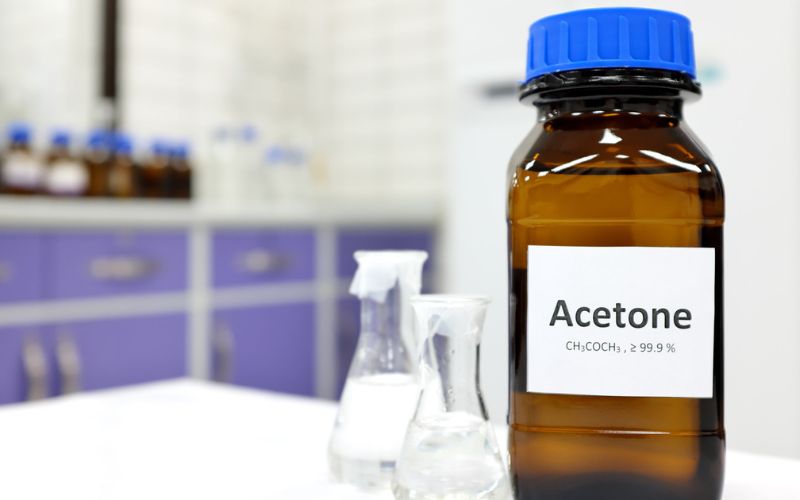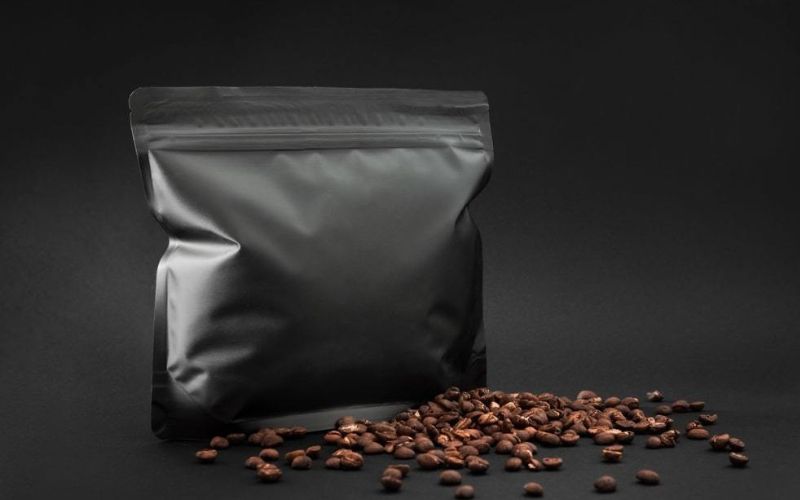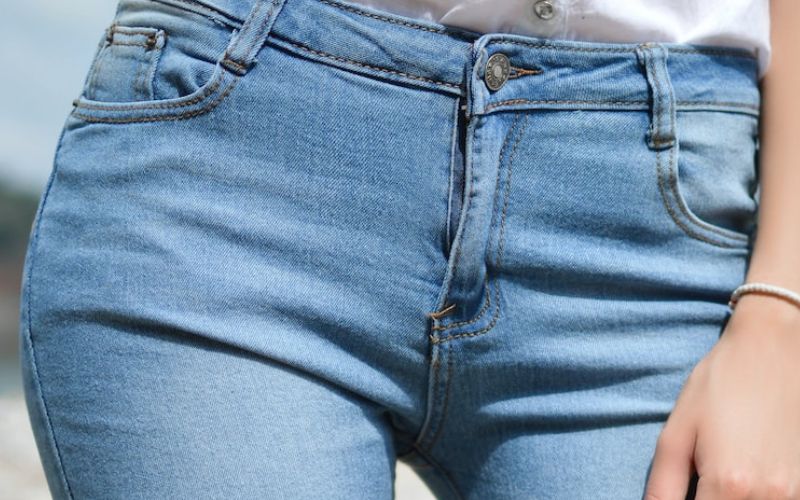When it comes to sublimation printing, sublimation ink plays a crucial role in creating vibrant and durable designs on various surfaces, such as polyester fabric and ceramic mugs. The process involves using heat and pressure to turn solid ink into a gas, which permeates the substrate and becomes a permanent part of it. However, when mistakes happen or designs need to be changed, removing sublimation ink can be a challenging task.
This is where acetone, a powerful organic solvent, comes into the picture. Acetone is widely known for its ability to dissolve certain materials and stains, making it a popular choice for cleaning purposes. But can it effectively remove sublimation ink? Let’s dive into the details to find out.
Understanding Sublimation Ink
Sublimation ink is a unique type of dye-based ink specifically designed for sublimation printing. Unlike regular inks, sublimation ink turns into a gas when exposed to heat, bonding with the fibers of the substrate and becoming a permanent part of it. This property makes sublimation prints highly resistant to fading and washing, which is ideal for items like clothing and mugs that require frequent use and washing.
The Power of Acetone as a Stain Remover
Acetone, a colorless and volatile liquid, is widely used as an industrial solvent for cleaning due to its excellent dissolving properties. It can effectively break down certain materials and stains, making it a popular choice for removing paint, glue, and ink. However, its effectiveness on sublimation ink depends on several factors.
Factors Affecting Acetone’s Effectiveness on Sublimation Ink
The success of using acetone to remove sublimation ink relies on various factors. One crucial aspect is the type of substrate the ink is on. Acetone may work well on certain types of plastic surfaces, such as ABS and PETG, but it might not be effective on other materials like polyester fabrics or ceramic mugs.
Additionally, different sublimation ink manufacturers use various formulas, leading to varying degrees of resistance to acetone. Some inks may be more stubborn than others, making complete removal challenging.
Furthermore, the temperature at which acetone is applied can impact its effectiveness. Higher temperatures can soften the ink, making it more susceptible to removal.
Time is also a critical factor. The longer acetone is in contact with the ink, the more effective it may be in dissolving and removing the sublimation ink.
How to Properly Remove Sublimation Ink From Fabric with Acetone
Simple Steps to Remove Sublimation Ink from Fabric with Acetone:
- Prepare the Area: Place a clean bowl nearby and ensure proper ventilation in the room.
- Apply Acetone: Pour a small amount of pure acetone (up to 20 ml) into the bowl.
- Soak the Stained Area: Dip the affected part of the fabric into the acetone, ensuring the ink stain is fully submerged.
- Let It Sit: Allow the fabric to soak in the acetone for 5-7 minutes. This will give the acetone time to break down the sublimation ink.
- Gently Rub the Area: After soaking, take the fabric out of the acetone and gently rub the stained area. Be careful not to scrub too harshly, as it may damage the fabric.
- Increase Acetone Quantity (If Needed): For larger designs or stubborn stains, you may need to increase the quantity of acetone. Add more acetone to the bowl and repeat steps 3 to 5.
- Rinse with Water: Once you’re satisfied with the ink removal, thoroughly rinse the fabric with water to wash away any remaining chemicals and ink residues.
- Dry the Fabric: After rinsing, allow the fabric to air dry or use a clean cloth to gently pat it dry.
Remember to exercise caution when working with acetone and wear protective gloves if desired. Perform a patch test on a small, inconspicuous area of the fabric before full application to ensure it doesn’t cause any damage or discoloration.
How to Remove Sublimation Ink from a Tumbler Using Acetone
Note: Before attempting this method, please perform a patch test on a small, inconspicuous area of the tumbler to ensure it doesn’t cause any damage.
Materials Needed:
- Acetone (100% pure acetone is recommended)
- Paper towels
- Aluminum foil
- Protective gloves (optional but recommended)
- Hot water
Step 1: Prepare the Tumbler
Ensure the tumbler is clean and free of any dirt or debris. If necessary, wash it with soap and water and allow it to dry completely before proceeding.
Step 2: Soak Paper Towels in Acetone
Take a few pieces of paper towel and soak them in acetone. Ensure the paper towels are wet but not dripping with acetone.
Step 3: Wrap Tumbler with Acetone-Soaked Paper Towels
Carefully wrap the tumbler with the acetone-soaked paper towels, ensuring that the ink-stained areas are fully covered. Secure the paper towels in place by wrapping aluminum foil tightly around the tumbler.
Step 4: Let It Sit
Allow the tumbler to sit for approximately 30 minutes. This will give the acetone enough time to work on dissolving the sublimation ink.
Step 5: Unwrap and Wipe Off
After 30 minutes, carefully unwrap the tumbler and remove the paper towels. You should notice that the sublimation ink has started to dissolve and transfer onto the paper towels.
Step 6: Repeat the Process (Optional)
If the ink stains are still visible or if you want to ensure a more thorough removal, you can repeat the process for a second or third time, using fresh acetone-soaked paper towels each time. However, be cautious not to exceed more than three rounds, as prolonged exposure to acetone may damage the sublimation coating on the tumbler.
Step 7: Clean the Tumbler
Once you’re satisfied with the ink removal, wash the tumbler with soap and water to remove any remaining acetone and ink residues.
Step 8: Rinse with Cold Water
After cleaning, rinse the tumbler with cold water to ensure all traces of acetone and ink are washed away.
Step 9: Dry and Inspect
Dry the tumbler thoroughly with a clean cloth. Inspect the tumbler to ensure all ink stains have been successfully removed. If necessary, repeat the process or try spot cleaning for any stubborn ink residues.
Please remember that acetone is a potent solvent and should be handled with care. Wear protective gloves and work in a well-ventilated area to avoid inhaling fumes. Additionally, refrain from using acetone on coated or decorated tumblers, as it may damage the surface and designs. Always test a small area first and proceed cautiously.
Precautions and Tips
Before using acetone, it’s crucial to perform a patch test on a small, inconspicuous area of the substrate to ensure it doesn’t cause damage or discoloration. Proper ventilation and the use of protective gear, such as gloves, are essential when handling acetone due to its strong fumes.
Always follow the manufacturer’s instructions and guidelines when using acetone or any cleaning product. After removing sublimation ink, washing the surface thoroughly is essential to eliminate any residual solvent or ink traces.
FAQs
Can I use a hairdryer or heat gun along with acetone to remove sublimation ink more effectively?
Using heat with acetone can potentially enhance its effectiveness in removing sublimation ink. However, be cautious when applying heat, as it may damage certain materials or fabrics. Always test on a small area before using any heat source in combination with acetone.
How many times can I use acetone to remove sublimation ink from a surface?
It is generally recommended not to use acetone more than three times on a surface to avoid damaging any protective coatings or substrates. If the ink stains persist after three attempts, consider seeking professional help or using alternative cleaning methods.
Can I use acetone to remove sublimation ink from other surfaces, such as ceramic mugs or plastic tumblers?
Acetone can be used to remove sublimation ink from certain surfaces, such as ABS and PETG plastics. However, it may not be as effective on other materials like ceramic mugs or coated surfaces. Always perform a patch test before attempting to remove ink from any surface.
Is nail polish remover a suitable substitute for acetone in removing sublimation ink?
Nail polish remover can be used as a substitute for acetone to remove sublimation ink, but its effectiveness may vary. Make sure to use a nail polish remover that contains acetone for better results.
How do I know if acetone is working on the sublimation ink?
When using acetone to remove sublimation ink, you should notice the ink starting to transfer onto the paper towels or cloth you are using. The stained areas may become lighter or start to fade as the ink dissolves.
Is acetone safe to use for removing sublimation ink from clothing?
Acetone should be used with caution on clothing. While it can effectively dissolve sublimation ink, it is a potent solvent and may damage delicate fabrics. Always wear protective gloves and work in a well-ventilated area when using acetone on clothing.
Can I use acetone to remove sublimation ink from all types of fabric?
Acetone can be effective in removing sublimation ink from certain fabrics. However, it may not work well on all fabric types. It is essential to perform a patch test on a small, inconspicuous area of the fabric first to ensure it won’t cause any damage or discoloration.
Conclusion
Acetone can be a valuable tool for removing sublimation ink, but its effectiveness depends on several factors. Understanding the type of substrate, the ink formula, and using the right temperature and exposure time are crucial for successful ink removal. However, it’s essential to exercise caution and take necessary safety measures when using acetone as a cleaning solution. When applied correctly, acetone can help restore fabrics and surfaces to their original state, ready for new designs or uses.



